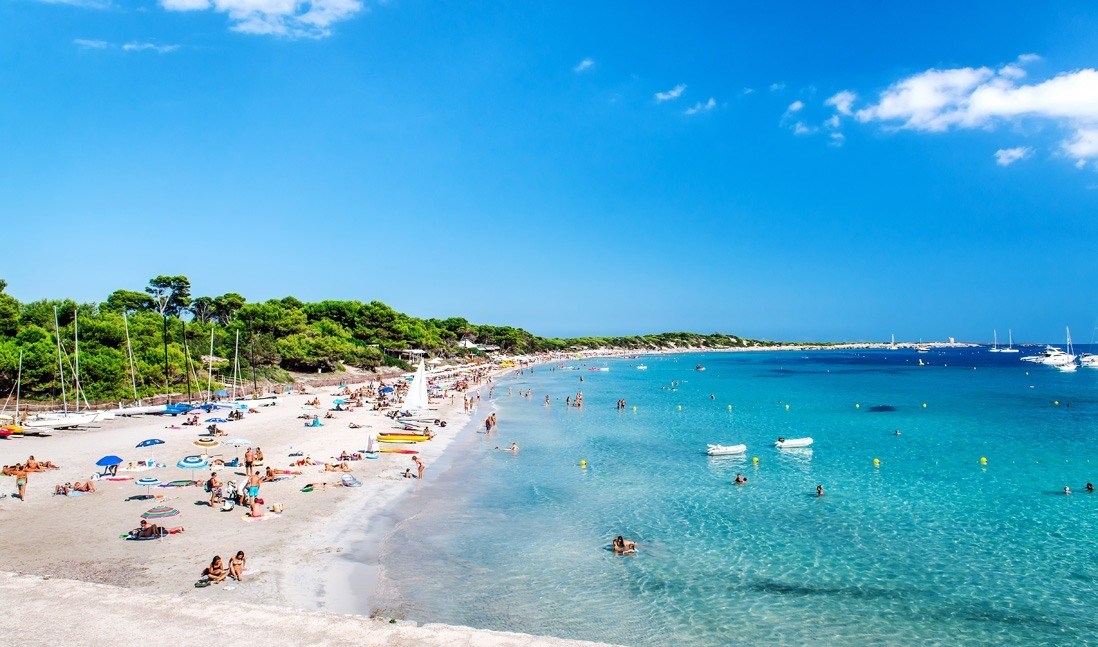If measures are not put in place, up to 20 million people will be forced to leave Mediterranean coastal areas and be displaced by the sea level rise expected by 2100. Other infrastructures, such as transport networks or cultural heritage sites, will also be at high risk. These are the conclusions of the report on climate and risks in coastal areas that the Mediterranean Experts on Climate and Environmental Change (MedECC) published on Monday. The text also warns that the rate of increase in the level of the Mediterranean is 2.8 millimeters (mm), twice the average of the twentieth century. By the end of the century, it is expected that the average ocean level could rise by one meter. According to experts, this will increase the risk of storm-related flooding and also lead to permanent flooding of certain areas along the Mediterranean coasts. Under a scenario of average emissions, the report warns that extreme sea level events, which occur once every 100 years, are likely to increase in frequency by at least 10% by 2050 and by 22% by 2100. Fifty-five authors from 17 countries participated in this study and among its coordinators was María Carmen Llasat, professor of Applied Physics at the University of Barcelona (UB). Throughout the study, the researchers have expressed their belief that it is “very likely” that surface air temperatures in the Mediterranean region will continue to increase more than the global average. At the same time, they have assessed as very likely that the frequency and intensity of warm extremes and evapotranspiration will continue to increase and that precipitation will decrease according to the reduction of greenhouse gas (GHG) emissions that will be achieved in the future. On the other hand, the authors pointed out that the increase in temperature will cause the adaptation limit of the ecosystems in the area to be reached when 3ºC is reached. According to the authors, this will result in greater degradation of the environment and will make water resource management more difficult. In addition, they explained that the Mediterranean is the world’s largest tourist destination, which increases the pressure. They also stressed that marine heat waves are expected to become more common in the future. As stated in the report, these have increased carbon emissions and favor the appearance of non-native tropical species. At the same time, they have also caused episodes of massive deaths that have affected corals, sponges, mollusks, bryozoans and echinoderms. Finally, they have stressed that the Mediterranean is one of the areas most polluted by plastic waste in the world. Specifically, plastics represent up to 82% of the visible garbage, 95-100% of the total floating marine debris and more than 50% of the garbage on the sea floor. By 2040, scientists have estimated that plastic discharges to the sea will double if annual plastic production continues to increase at a rate of 4% and if waste management does not radically improve.
“Serious risks” for tourism
In general terms, they remarked that climate change is expected to pose“serious risks” to important economic sectors such as summer beach tourism, agriculture, aquaculture and fisheries in the region. Looking ahead, they predict that the risks of water scarcity will increase. In addition, they have considered that current actions to solve environmental problems, climate change adaptation and mitigation are insufficient to achieve the Sustainable Development Goals (SDGs) and that the risks of climate change will be exacerbated without transformative actions across sectors, systems and scales. As they have warned, the effectiveness of conservation measures will largely depend on the success of climate change mitigation efforts. In this regard, limits will become increasingly stringent as global temperatures rise.













